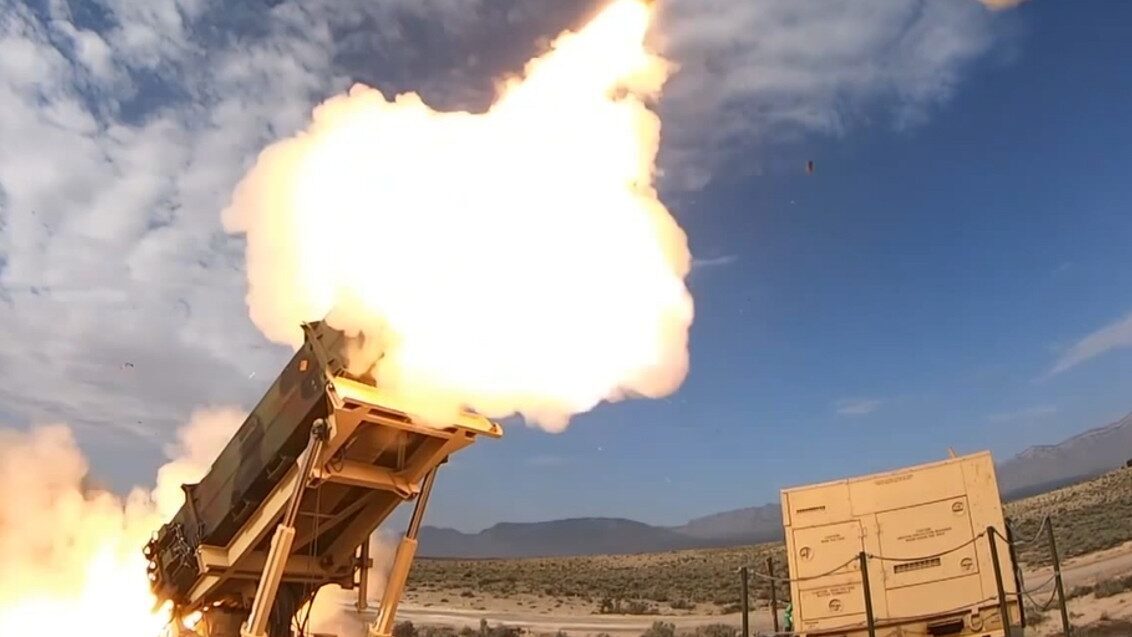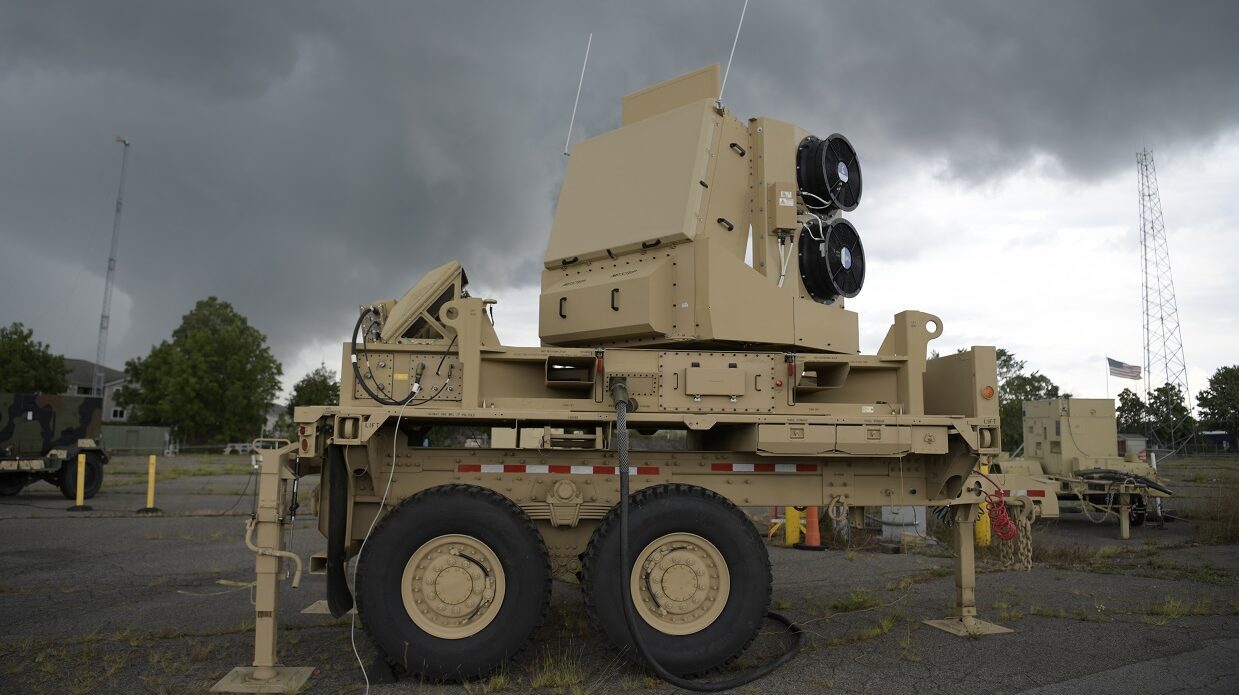A Patriot Advanced Capability-3 (PAC-3) Cost Reduction Initiative (CRI) missile is launched during a successful Integrated Battle Command System (IBCS) flight test at White Sands Missile Range in 2021. (Darrell Ames/Army)
AUSA 2024 — The US Army this week announced it was cancelling plans to develop a next-generation interceptor for the Patriot air defense system, but executives from key air defense competitors largely shrugged off the news to Breaking Defense.
Maj. Gen. Frank Lozano, the Army’s program executive officer for missiles and space, on Monday announced the service’s intent to walk away from the effort, called the Lower-Tier Future Interceptor (LTFI). Instead of buying a new interceptor, which Lozano called “very expensive,” the Army will upgrade the PAC-3 Missile Segment Enhancement currently made by Lockheed Martin, he told Defense News.
Lockheed had been preparing to compete for LTFI, and as of Tuesday afternoon, the Army had not yet informed the company of its specific path forward for future PAC-3 upgrades, said Tim Cahill, executive vice president of the company’s missiles and fire control business.
However, the decision didn’t catch Lockheed “flat footed,” as it typically invests in future capability enhancements on PAC-3 and has technology “waiting in the wings,” he added.
“There’s budget challenges, and so future programs are always going to face some level of uncertainty relative to whether they’re going to go forward or exactly how they’re going to go forward,” Cahill told Breaking Defense.
While the Army has not laid out which technology upgrades it could seek to transfer from LTFI to future PAC-3 production, Cahill said the company typically pursues improvements to solid rocket motors, seeker technology and lightweight materials — all of which can extend the range of the missile or improve its ability to detect targets.
Raytheon, the prime contractor for the overall Patriot system, had also been developing concepts for LTFI, but will lose little sleep over its cancellation, said Tom Laliberty, Raytheon’s president of Land & Air Defense Systems.
“To be honest it doesn’t really surprise me, only because funding has been — over the last several years — what I would call sort of conservative,” he said.
Laliberty said Raytheon and other vendors likely had plans to test upgrades to existing weapon systems that could provide a cheaper way to do the mission LTFI was designed for. For example, in a recent demonstration in partnership with Northrop Grumman, the companies integrated Raytheon’s Standard Missile 6 and Lower Tier Air and Missile Defense Sensor with Northrop’s Integrated Battle Command System.
“We basically showed how effective SM-6 could be for a large portion of that threat set, that mission that potentially LTFI was also going to be addressing. So I don’t know if that played into the decision, but my point is that there’s other things out there,” he said.
The Army’s senior leadership and program office made the decision to cancel LTFI after conducting a business case analysis of the effort, Lozano said in his interview with Defense News. He said the service would “continue to advance” PAC-3 “so that it can remain relevant against the evolving threats,” but did not provide further information on the Army’s path forward.










